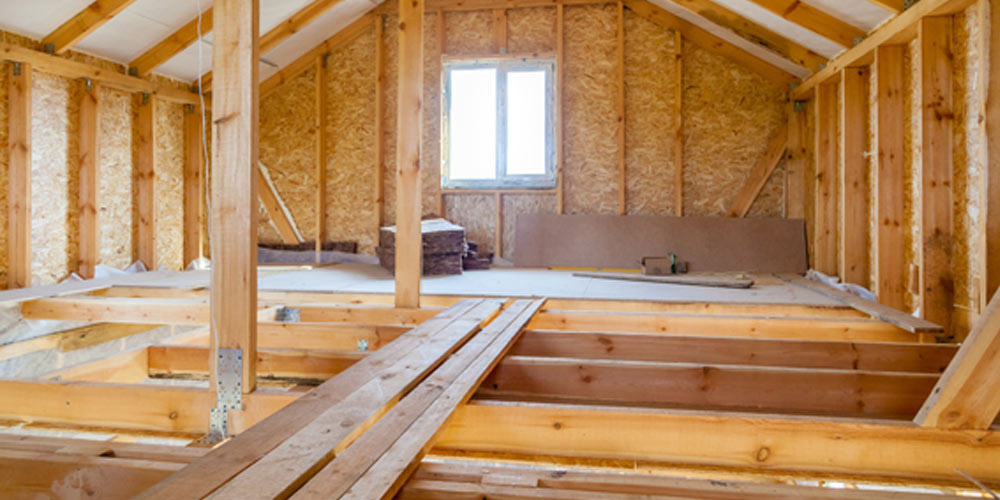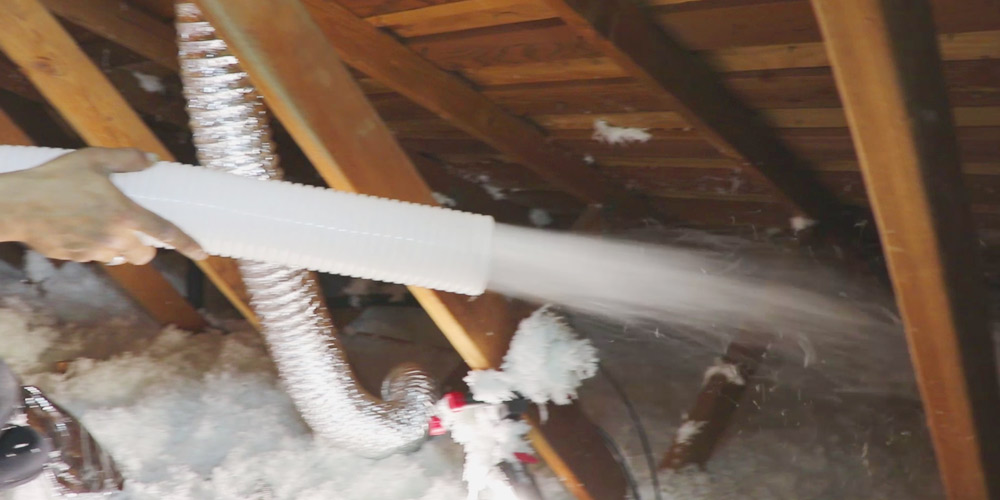
You layer up yourself with sweaters to stay cozy and warm in your poorly insulated home. While you bundle up your house’s heating and cooling system, it has to work overtime to fend off the cold temperature. The water pipe of your home can be at risk of bursting at the same time. It is especially true if your home is old construction and under-insulated.
For you and other homeowners like you, the solution to this problem could be blown-In cellulose insulation. It fills the wall studs and joints in-ceiling easily and quickly. The loose-fill product is a popular alternative, along with others like fiberglass batts.
Let’s delve into the details to find more about cellulose insulation and its advantages.
Table of Contents
Blown-In Cellulose Insulation- An Overview
Cellulose insulation refers to the paper or wood-based type product. The experts mechanically blow it onto the house’s structural part onto the empty spaces to reduce the transmission of cold or heat.
Typically, the material is clumpy, dense, and thick and has feathers-like consistency. The critical attribute of blown-in cellulose insulation is that its shape and size easily fit into an enclosed area such as frames and walls. Moreover, it quickly adjusts around obstructions found in the attic and between ducts, wires, and walls.
You can source cellulose insulation from any cellular plant, such as sisal and corncobs. However, cellulose for attic insulation or commercial projects comes from wood or paper. Manufacturers use various discarded papers, including office paper, cardboard, waste paper item, and recycled newspaper.
This feature sets cellulose insulation apart from other Home Insulation products. As this type of insulation uses plant-sourced material or recycled papers, it is an eco-friendly product.
How Experts Blow Cellulose Insulation into the Home
Loose-fill cellulose insulation is often the most common option many homeowners can use. While it offers the same advantages for home insulation, it has specific differences compared to other cellulose insulation types. Unlike blown-in cellulose insulation that is blown onto the walls, loose-fill comes in spray foam; experts mix the moisture into the spray to make it more adhesive for the walls. The cellulose is thick and dry with loose-fill insulation.
Experts or home insulation pros drill the holes in the dry or plastered wall to fill them. The holes allow access to the blower nozzle. If your house needs attic insulation, experts blow the cellulose starting from parallels to the central joints.
They do it in two simple ways- first, by allowing cellulose to fill the cavities and joints that have insufficient insulation itself. The second way involves layering a thick form over the batts (on the top) of fiberglass.
Dry cellulose’s installation process includes the following steps:
- Home insulating experts feed the packed cellulose bales into the hopper of a blower run by a motor. The machine fluffs up the cellulose using dense prongs and teeth.
- The machine automatically blows the cellulose into the wall or attic through its flexible and long tubes, extending from the blower to its nozzle.
- The experts then allow the cellulose to fill all the empty cavities and existing insulation. After this, they let cellulose settle for some time and keep it pressure-free.
- The last step is for patching up and painting over the walls.

Benefits of Blown-in Cellulose Insulation
» Eco-Friendly
If you use other home insulation alternatives such as fiberglass, it is not as eco-friendly as cellulose insulation. It has fine particles that may irritate your skin. Not to mention, inhaling them can cause health problems as well. Plus, you need to cut it into small sizes to fit tight corners, penetrations, and irregular spaces that leave tiny gaps. The gaps may increase the heat and cold transmission.
Cellulose insulation, on the other hand, is 100% recycled paper and wood products. Hence, it complies with all the green certification requirements. As there are no irritants in it, you can use the material without any danger or risk. The insulation product has the ability to insulate all available inches of the space comprehensively. As a result, you can consistently uphold its R-value.
» Fire Retardant
Blown-in or loose-fill cellulose insulation is a fire retardant. Manufacturers treat it with non-toxic components like ammonium sulfate, boric acid, or borax. Cellulose insulation received a class one fire rating.
That is to say, loose-fill cellulose insulation is safe even if you use it near the recessed cans and light fixtures. However, it is better to consult an Insulation Contractor if your home has outdated wiring or you want to install it with a vintage light fixture.
» Affordable
Loose-fill cellulose is cost-effective compared to other insulation products. But it still offers a good R-value, which is about 3.5 % of the thickness.
» Withstand Vermin
Loose-fill cellulose insulation provides stronger resistance against vermin and other organisms that can affect walls and attic. The borates in it make them reasonably strong to stand against insects.
Why Using Blown-in Cellulose Insulation
There is no denying that blown-in insulation makes the best option for closed walls. It is especially true if your home doesn’t require remodeling in which you need to open up the wall and inject the insulation. For impenetrable walls, the conventional favorite product is cellulose insulation. That is why it has become more common.
For open walls, install fiberglass insulation. Using spray foam insulation is also possible here. You can use both fiberglass batts and blown-in cellulose for Attic Insulation because the joints are accessible and open. However, as cellulose insulation is easier to install due to less obstruction, people prefer it for attics.
» Summing Up
All in all, blown-in cellulose insulation offers several benefits and may last for decades. You must speak to pros like Conejo Valley Home Services to get the best solution for home insulation. Call us today at 805-499-0448 or contact Insulation experts online for a free in-home consultation in Conejo Valley and the surroundings.










